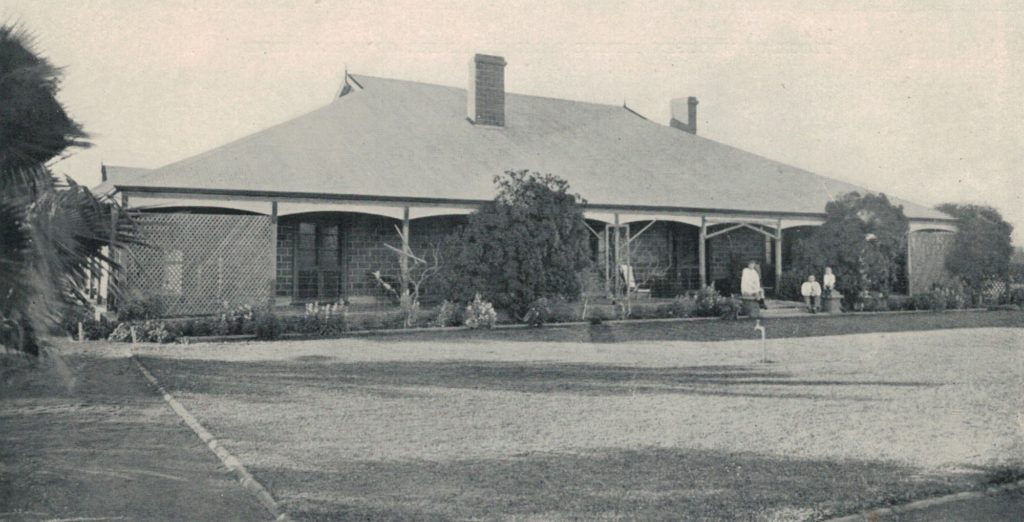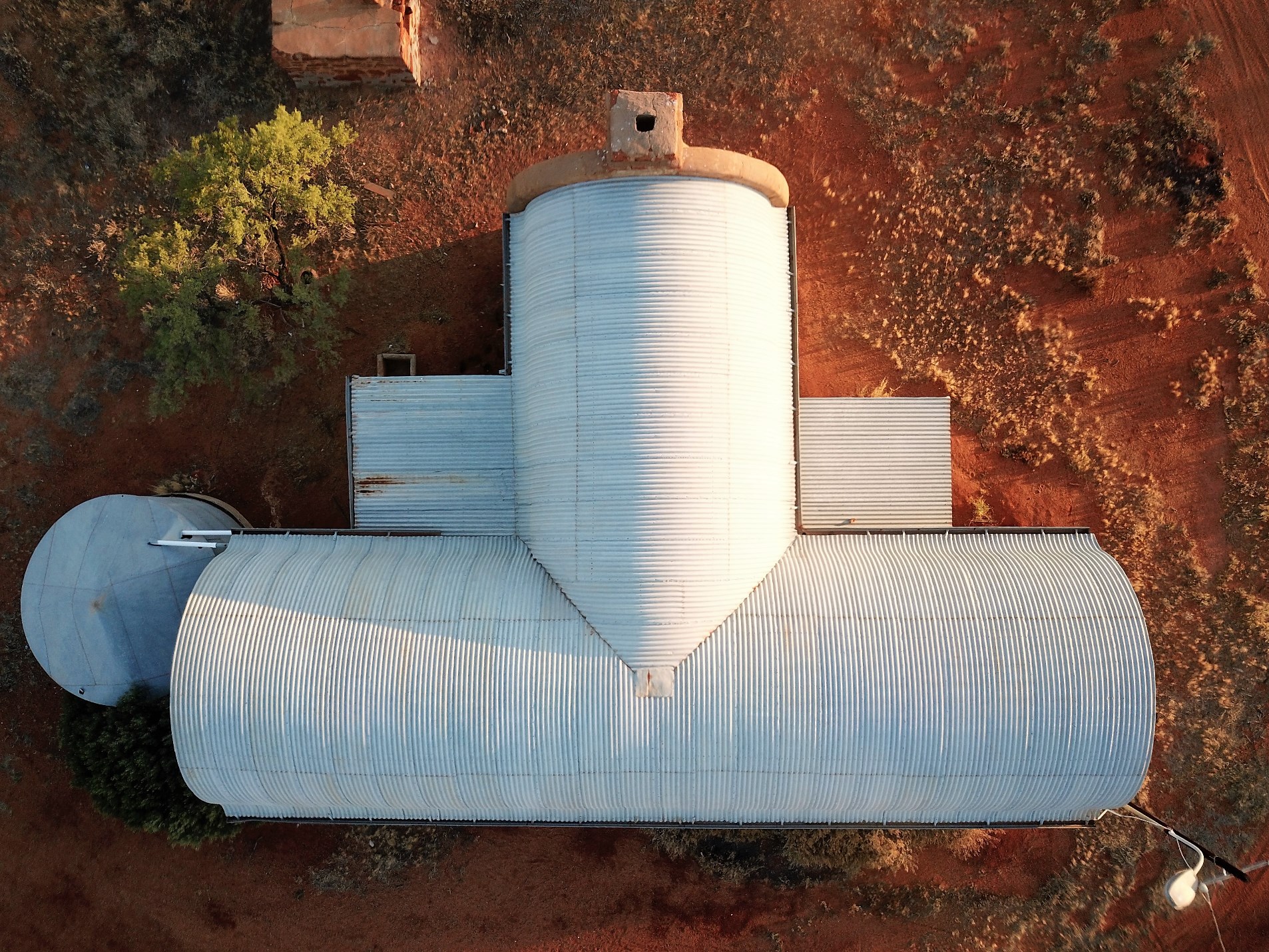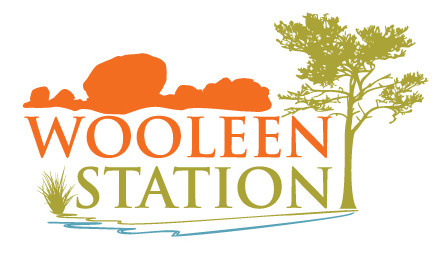This year the Wooleen Homestead (and many of its out-buildings) turn 100! To celebrate its history, we thought we'd share some of the stories which led to its construction and the unique outback architecture used to cope with the hot conditions.
The Early Years
James Sharpe purchased parcels of land to make up the Wooleen pastoral lease in 1886. Wooleen Station is located in the mid-west of Western Australian, known as the Murchison. Summer temperatures reach into the high 40’s (read 48°C and 49°C!) and the average yearly rainfall sits at 200ml if you’re lucky. It’s harsh country, but tackled the correct way can get under your skin.
James and the family first moved to Wooleen in 1887. It took 7 days of travel with horse-drawn carts and no roads to reach their new home. They lived in a three-room iron shack which only had a brush bed made of four gum posts sunk in the ground with a stretched and dried bullock hide, hair side up. Shortly after this, in the 1890's, the family moved to a new residence consisting of two stone rooms and separate kitchen near a better water supply. A few more rooms were added in later years and this made do for 25 years whilst James put all his effort into establishing the station infrastructure; fences, windmills, wells and merino sheep. Today, the kitchen of this original homestead remains and is used as a museum for visitors at Wooleen to explore.
James has been described in history books as a hard man, who allowed little expense for living conditions. In 1916 he sold Wooleen to his eldest son, Ben Sharpe, for the asking price. The same year a storm damaged the stone buildings and kitchen and Ben, after stating he was no longer inclined to run Wooleen on a 'shoestring', set about building the Homestead we know today.
As a result of good wool prices, coupled with good stock prices, the house was designed of truly grand proportions. It was also practical, taking the unique landscape into consideration. Construction started in 1918. All the necessary rooms for running a station (and perhaps more) were allowed for. Formal dining and sitting rooms, separated by a large "T" central passage lead to 6 enormous bedrooms. Together, these rooms made up the main house. An office, bathroom, workroom, governess' room, school room, ironing room were all located to the north. Beyond a large courtyard, another block contained the kitchen, men's dining room, laundry, staff and boys bathroom, cooks bedroom, engine room and separate meat house.
The homestead was raised about 1 foot off the ground to allow airflow for cooling, huge ceilings and roof cavities helped hot air to escape, large verandas shielded the walls from the hot sun and French-style doors and windows opened to the south, taking advantage of the late sea-breezes in summer.
The materials required to build this home where substantial and the sheer logistics would make anyone's head spin today. Let alone doing it in 1918 when roads were two wheel tracks! Tons of cement, timber, and iron had to be brought in, and sand was required to hand make thousands of bricks and the large verandas.
A well respected and renowned builder and joiner named Alf Couch was responsible for the precision of detail in the building. Overall the homestead occupied a space, with garden, of about 4 acres.


Such good thought had gone into the Wooleen Homestead that it became not only a home, but a very functional space in which separate areas allowed individuals privacy, but fostered a remarkable community environment between staff and family.
It is believed the Wooleen homestead was one of the first to offer a community of residents in the Murchison a quality of lifestyle not yet seen before.
In 1919 stables, blacksmith shops, and workshops were erected by Alf Couch using his iconic self-supporting barrel vault roof design.
Shortly after, in 1922, Alf was responsible for seamlessly covering the courtyard and joining the northern kitchen block to the main house with another self-supporting barrel vault roof. Later that year a 12 stand shearing shed and kitchen where constructed 7kms south of the homestead. The corrugated iron roller used to curve the sheets of iron is still functional today and can be seen in the museum.


Great to see the old homestead reach a 100. So many of these old station homes are in ruins. Minilya Sharp, is that where Manilya Station get its name (or vis versa)?
Hey Kim,
It does feel special to live in this old homestead, which has been so well loved over the years. Not sure about any connection with Minilya Station. I think it was a popular name at the time. You’ve also got the Minilya Roadhouse!
Frances